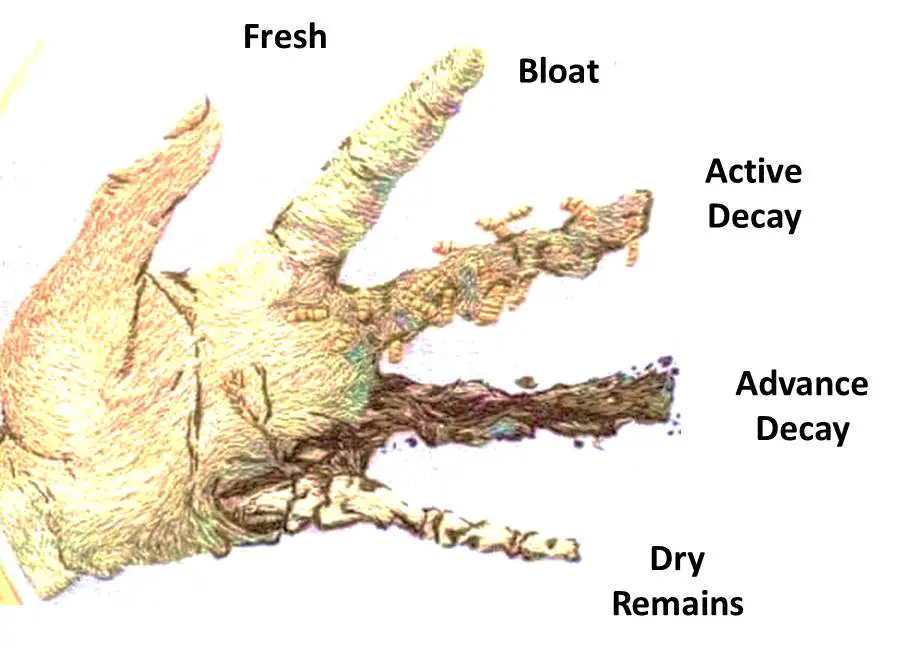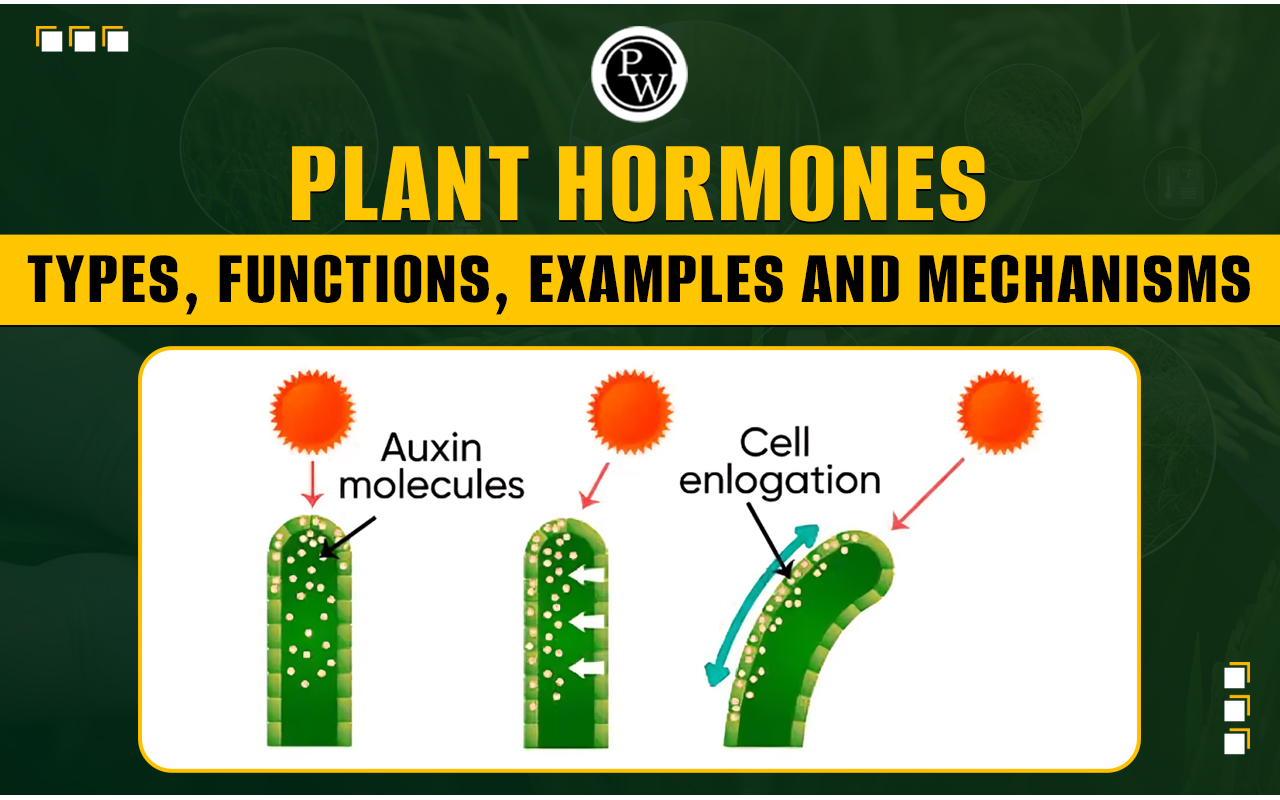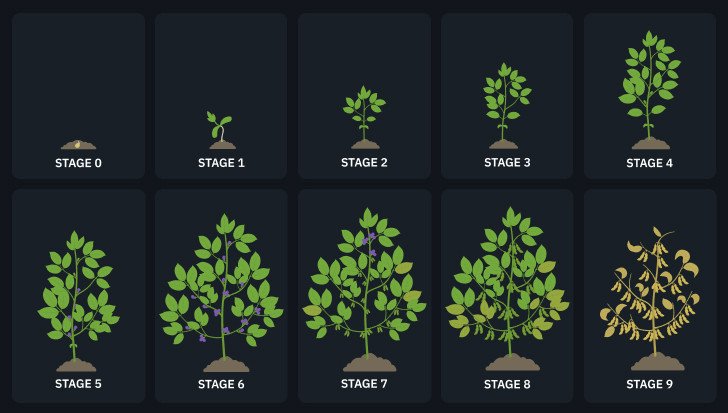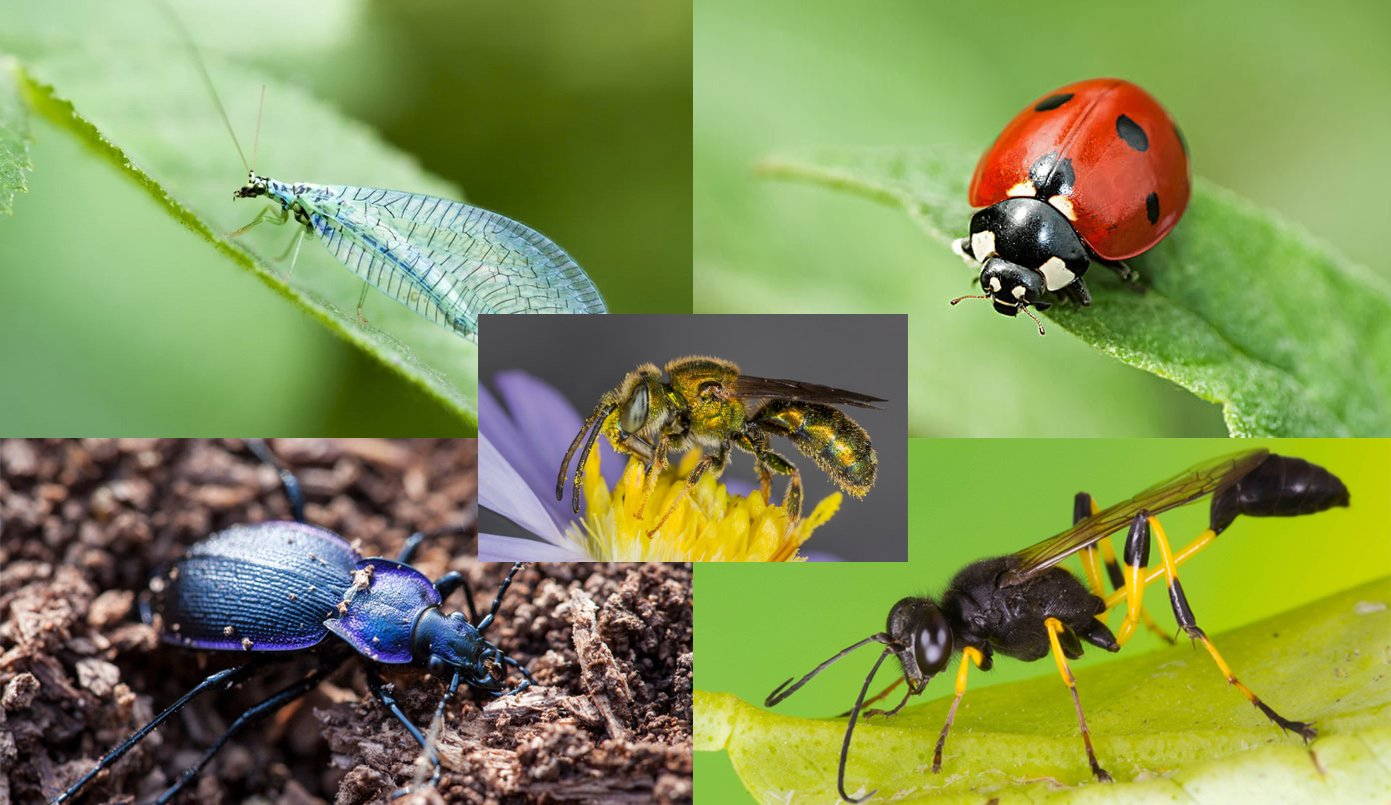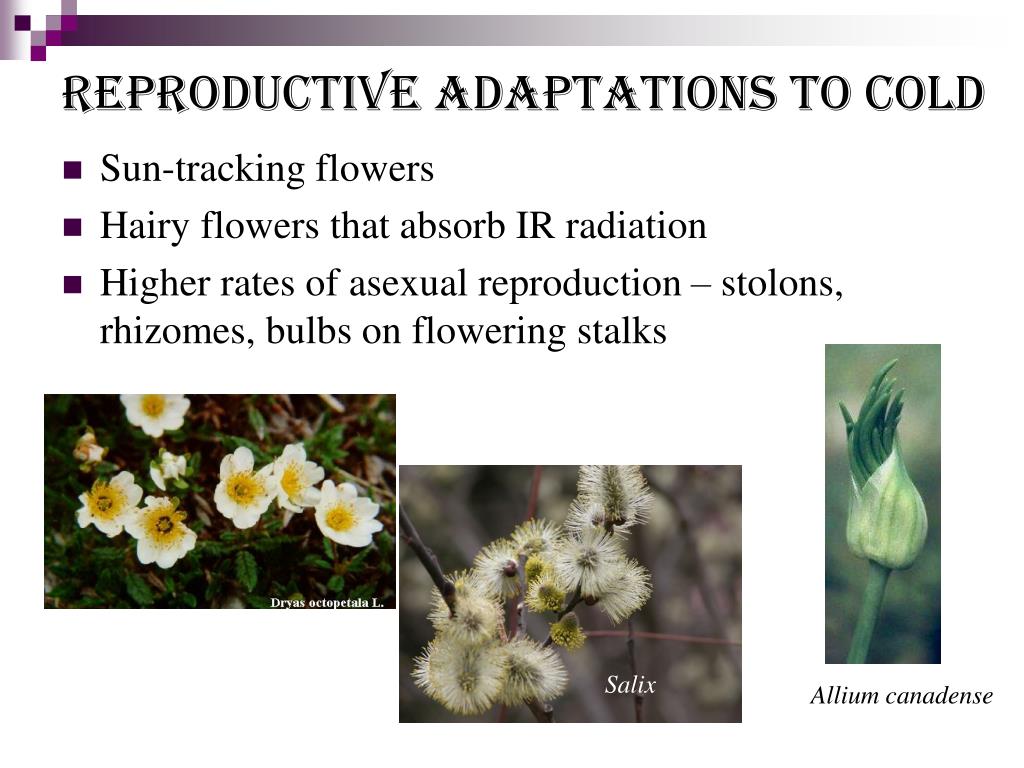
Introduction: The Amazing World of Plant Adaptations
Imagine a world painted in vibrant greens, where life thrives in the most unexpected corners. This is the world of plants, a kingdom of incredible diversity and resilience. But have you ever stopped to wonder how plants manage to survive and flourish in such varied and often challenging environments? The answer lies in their remarkable adaptations – the ingenious strategies they’ve evolved over millennia to conquer every niche on Earth.
Plant adaptations are the structural, physiological, or behavioral traits that enhance a plant’s survival and reproductive success in a specific habitat. Think of them as nature’s blueprints, meticulously crafted through the relentless process of natural selection. From the scorching deserts to the icy tundra, from the sun-drenched rainforests to the murky depths of aquatic ecosystems, plants have developed a dazzling array of adaptations to overcome environmental hurdles and thrive against the odds.
This comprehensive guide delves deep into the fascinating realm of plant adaptations, exploring the diverse strategies plants employ to cope with factors like water scarcity, extreme temperatures, nutrient deficiencies, predation, and even the challenges of pollination. We’ll journey through different biomes, examining specific examples of plant adaptations and uncovering the evolutionary forces that have shaped them. So, prepare to be amazed by the ingenuity of nature as we unlock the secrets of plant adaptations.
Water Adaptations: Surviving the Thirst
Water is the elixir of life, essential for all living organisms, including plants. However, water availability varies dramatically across the globe, posing a significant challenge for plants in arid and semi-arid regions. To thrive in these dry environments, plants have evolved a range of remarkable water adaptations.
Xerophytes: Masters of Water Conservation
Xerophytes are plants specifically adapted to survive in arid conditions. They employ a variety of strategies to minimize water loss and maximize water uptake. Let’s explore some key xerophytic adaptations:
- Deep Root Systems: Many xerophytes have extensive root systems that penetrate deep into the soil to access groundwater sources. For example, the mesquite tree (Prosopis spp.) can have roots that extend over 50 meters deep.
- Succulence: Succulents, such as cacti and aloe, store water in their fleshy leaves, stems, or roots. This allows them to survive long periods of drought. The iconic saguaro cactus (Carnegiea gigantea) of the Sonoran Desert can store thousands of liters of water.
- Reduced Leaf Surface Area: Smaller leaves minimize the surface area exposed to the sun, reducing water loss through transpiration. Some xerophytes have evolved tiny leaves or even spines instead of leaves, like many cactus species.
- Thick, Waxy Cuticles: The cuticle is a waxy layer covering the epidermis of leaves and stems. A thick, waxy cuticle reduces water loss by creating a barrier against evaporation.
- Sunken Stomata: Stomata are tiny pores on the surface of leaves that allow for gas exchange (uptake of carbon dioxide and release of oxygen and water vapor). Sunken stomata are located in pits or depressions, which reduces air movement and minimizes water loss.
- CAM Photosynthesis: Crassulacean acid metabolism (CAM) is a specialized photosynthetic pathway that allows plants to open their stomata at night, when temperatures are cooler and humidity is higher, and close them during the day. This reduces water loss during the hottest part of the day. Examples of CAM plants include cacti, succulents, and pineapples.
Hydrophytes: Life in the Water
At the opposite end of the spectrum are hydrophytes, plants adapted to live in aquatic environments. These plants face different challenges than xerophytes, such as obtaining oxygen and nutrients from the water. Hydrophytes have evolved a variety of adaptations to thrive in their watery habitats:
- Aerenchyma: Aerenchyma is a type of tissue with large air spaces that allows for the diffusion of oxygen from the leaves and stems to the roots, which are often submerged in anaerobic (oxygen-deficient) sediments.
- Reduced Cuticle: Because water is readily available, hydrophytes have a reduced or absent cuticle on their leaves. This allows for efficient absorption of nutrients and gases from the water.
- Floating Leaves: Some hydrophytes, such as water lilies (Nymphaea spp.), have broad, floating leaves that maximize sunlight capture on the water’s surface.
- Submerged Leaves: Other hydrophytes have finely dissected submerged leaves that increase the surface area for absorption of nutrients and gases from the water.
- Specialized Roots: Some hydrophytes have specialized roots called pneumatophores that grow upwards out of the water to obtain oxygen from the air. Mangrove trees are a prime example of plants with pneumatophores.
Temperature Adaptations: Surviving the Extremes
Temperature is another critical environmental factor that influences plant survival. Plants must be able to tolerate both high and low temperatures to thrive in different regions of the world.
Adaptations to Cold Temperatures
Plants in cold climates face the challenge of freezing temperatures, which can damage cells and tissues. To survive these conditions, plants have evolved a variety of cold adaptations:
- Dormancy: Many plants in temperate and polar regions enter a state of dormancy during the winter months. Dormancy is a period of reduced metabolic activity that allows plants to survive freezing temperatures.
- Cold Hardening: Cold hardening is a process by which plants increase their tolerance to freezing temperatures. This involves changes in cell membrane composition, accumulation of cryoprotective molecules (such as sugars and proline), and production of antifreeze proteins.
- Deciduousness: Deciduous trees shed their leaves in the fall to avoid water loss during the winter months when water is frozen and unavailable.
- Low-Growing Habit: Some plants in alpine and arctic regions have a low-growing habit, which protects them from wind and snow.
- Insulating Snow Cover: Snow can act as an insulator, protecting plants from extreme cold temperatures.
Adaptations to Hot Temperatures
Plants in hot climates face the challenge of high temperatures, which can cause dehydration and damage to proteins and enzymes. To survive these conditions, plants have evolved a variety of heat adaptations:
- Heat Shock Proteins: Heat shock proteins (HSPs) are a family of proteins that are produced in response to heat stress. HSPs help to protect other proteins from denaturation (unfolding) and maintain cellular function.
- Reflective Surfaces: Some plants have leaves with reflective surfaces that reduce the amount of solar radiation absorbed.
- Small Leaves: Small leaves reduce the surface area exposed to the sun, minimizing heat absorption.
- Deep Roots: Deep roots allow plants to access cooler, moister soil layers.
- Evaporative Cooling: Transpiration (the evaporation of water from leaves) can help to cool plants.
Nutrient Adaptations: Thriving in Poor Soils
Nutrients are essential for plant growth and development. However, some soils are deficient in certain nutrients, such as nitrogen, phosphorus, or iron. Plants in these nutrient-poor soils have evolved a variety of adaptations to obtain the nutrients they need.
Carnivorous Plants: Supplementing Their Diet
Carnivorous plants are plants that obtain some or most of their nutrients from trapping and consuming animals, typically insects. These plants are often found in nutrient-poor environments, such as bogs and swamps. Carnivorous plants have evolved a variety of trapping mechanisms, including:
- Pitfall Traps: Pitfall traps are pitcher-shaped leaves that contain a digestive fluid. Insects are attracted to the pitcher, fall in, and are digested by the enzymes in the fluid. Examples include pitcher plants (Nepenthes spp., Sarracenia spp.).
- Sticky Traps: Sticky traps have leaves covered in a sticky substance that traps insects. Examples include sundews (Drosera spp.) and butterworts (Pinguicula spp.).
- Snap Traps: Snap traps have two hinged lobes that snap shut when an insect triggers sensitive hairs. The most famous example is the Venus flytrap (Dionaea muscipula).
- Bladder Traps: Bladder traps have small, bladder-like structures that create a vacuum when an insect enters, sucking the insect inside. Examples include bladderworts (Utricularia spp.).
Mycorrhizal Associations: A Symbiotic Partnership
Mycorrhizae are symbiotic associations between fungi and plant roots. The fungi help plants to absorb nutrients, such as phosphorus and nitrogen, from the soil, while the plants provide the fungi with carbohydrates. Mycorrhizae are particularly important for plants in nutrient-poor soils.
Nitrogen Fixation: Converting Atmospheric Nitrogen
Nitrogen fixation is the conversion of atmospheric nitrogen gas (N2) into ammonia (NH3), a form of nitrogen that plants can use. Some plants, such as legumes (e.g., beans, peas, lentils), form symbiotic relationships with nitrogen-fixing bacteria in their roots. The bacteria convert atmospheric nitrogen into ammonia, which the plants can then use to grow. These plants are often found in nitrogen-poor soils.
Cluster Roots: Maximizing Nutrient Uptake
Cluster roots, also known as proteoid roots, are specialized root structures that are produced by some plants in nutrient-poor soils, particularly phosphorus-deficient soils. These roots are densely packed with rootlets that secrete organic acids, which help to solubilize phosphorus in the soil, making it more available for plant uptake.
Defense Adaptations: Surviving Herbivore Attacks
Plants are a food source for a wide variety of herbivores, from insects to mammals. To protect themselves from herbivore attacks, plants have evolved a variety of defense adaptations.
Physical Defenses: Barriers to Consumption
Physical defenses are structural features that deter herbivores from feeding on plants. Examples include:
- Spines and Thorns: Spines and thorns are sharp, pointed structures that deter herbivores from approaching or feeding on plants. Cacti are well-known for their spines, while roses have thorns.
- Trichomes: Trichomes are small hairs or bristles that cover the surface of leaves and stems. Trichomes can deter herbivores by making it difficult to feed on the plant or by irritating the herbivore’s skin.
- Thick Bark: Thick bark can protect plants from herbivore damage, such as browsing or bark stripping.
- Tough Leaves: Tough leaves can be difficult for herbivores to chew and digest.
Chemical Defenses: Toxic Compounds
Chemical defenses are compounds that are produced by plants that deter herbivores from feeding on them. Examples include:
- Alkaloids: Alkaloids are a diverse group of nitrogen-containing compounds that can be toxic to herbivores. Examples include caffeine, nicotine, and morphine.
- Terpenoids: Terpenoids are a large group of organic compounds that can have a variety of effects on herbivores, such as deterring feeding or causing toxicity. Examples include essential oils, resins, and latex.
- Phenolics: Phenolics are a group of aromatic compounds that can deter herbivores by making plant tissues less digestible. Examples include tannins and lignins.
- Cyanogenic Glycosides: Cyanogenic glycosides are compounds that release cyanide when they are broken down. Cyanide is a potent toxin that can kill herbivores.
Indirect Defenses: Enlisting Allies
Indirect defenses are strategies that plants use to attract natural enemies of herbivores. Examples include:
- Volatile Organic Compounds (VOCs): When attacked by herbivores, some plants release VOCs that attract predatory insects or parasitoids that feed on the herbivores.
- Extrafloral Nectaries: Extrafloral nectaries are nectar-producing glands that are located outside of the flowers. These nectaries attract ants and other beneficial insects that protect the plant from herbivores.
- Domatia: Domatia are small structures on leaves or stems that provide shelter for beneficial insects, such as ants. These insects protect the plant from herbivores.
Pollination Adaptations: Ensuring Reproduction
Pollination is the transfer of pollen from the male part of a flower (the stamen) to the female part of a flower (the pistil), which is necessary for fertilization and seed production. Plants have evolved a variety of pollination adaptations to attract pollinators and ensure successful reproduction.
Wind Pollination: Casting a Wide Net
Wind-pollinated plants rely on the wind to carry pollen from one flower to another. These plants typically have:
- Small, inconspicuous flowers: Wind-pollinated flowers do not need to attract pollinators, so they are often small and inconspicuous.
- Large amounts of pollen: Wind pollination is a relatively inefficient process, so wind-pollinated plants produce large amounts of pollen to increase the chances of successful pollination.
- Lightweight pollen: Wind-pollinated pollen is lightweight and easily carried by the wind.
- Feathery stigmas: The stigmas of wind-pollinated flowers are often feathery to catch pollen from the air.
Animal Pollination: A Cooperative Partnership
Animal-pollinated plants rely on animals, such as insects, birds, and mammals, to carry pollen from one flower to another. These plants typically have:
- Showy flowers: Animal-pollinated flowers are often brightly colored and have attractive shapes to attract pollinators.
- Nectar and pollen rewards: Animal-pollinated flowers often produce nectar and pollen as rewards for pollinators.
- Scent: Animal-pollinated flowers often have a strong scent to attract pollinators.
- Specialized flower shapes: Some flowers have specialized shapes that are adapted to specific pollinators. For example, flowers pollinated by hummingbirds are often long and tubular.
Specific Pollination Syndromes
Different pollinators are attracted to different flower characteristics. This has led to the evolution of specific pollination syndromes, which are sets of flower traits that are associated with pollination by a particular type of animal.
- Bee Pollination: Bee-pollinated flowers are often blue, purple, or yellow, and have a sweet scent. They often have nectar guides, which are markings on the petals that guide bees to the nectar.
- Butterfly Pollination: Butterfly-pollinated flowers are often brightly colored, particularly red, orange, and yellow, and have a long, tubular shape. They often have a landing platform for butterflies to land on.
- Moth Pollination: Moth-pollinated flowers are often white or pale in color, and have a strong, sweet scent that is released at night. They often have a long, tubular shape.
- Bird Pollination: Bird-pollinated flowers are often red or orange, and have a long, tubular shape. They produce large amounts of nectar.
- Bat Pollination: Bat-pollinated flowers are often white or pale in color, and have a strong, musty scent that is released at night. They are often large and sturdy to accommodate bats.
Conclusion: The Enduring Legacy of Plant Adaptations
Plant adaptations are a testament to the power of evolution and the remarkable ability of life to adapt to even the most challenging environments. From the water-conserving strategies of desert xerophytes to the nutrient-acquiring mechanisms of carnivorous plants, the plant kingdom is a treasure trove of evolutionary ingenuity. By understanding plant adaptations, we gain a deeper appreciation for the interconnectedness of life and the importance of preserving biodiversity.
The study of plant adaptations not only enriches our understanding of the natural world but also has practical implications for agriculture, conservation, and biotechnology. By learning from the strategies that plants have evolved to cope with environmental stresses, we can develop more sustainable agricultural practices, conserve endangered species, and even engineer crops that are more resilient to climate change.
So, the next time you encounter a plant, take a moment to appreciate the intricate adaptations that allow it to thrive in its unique environment. Look closely at its leaves, stems, and roots, and consider the challenges it faces and the solutions it has evolved. You’ll discover a world of wonder and ingenuity that will forever change the way you see the plant kingdom.
